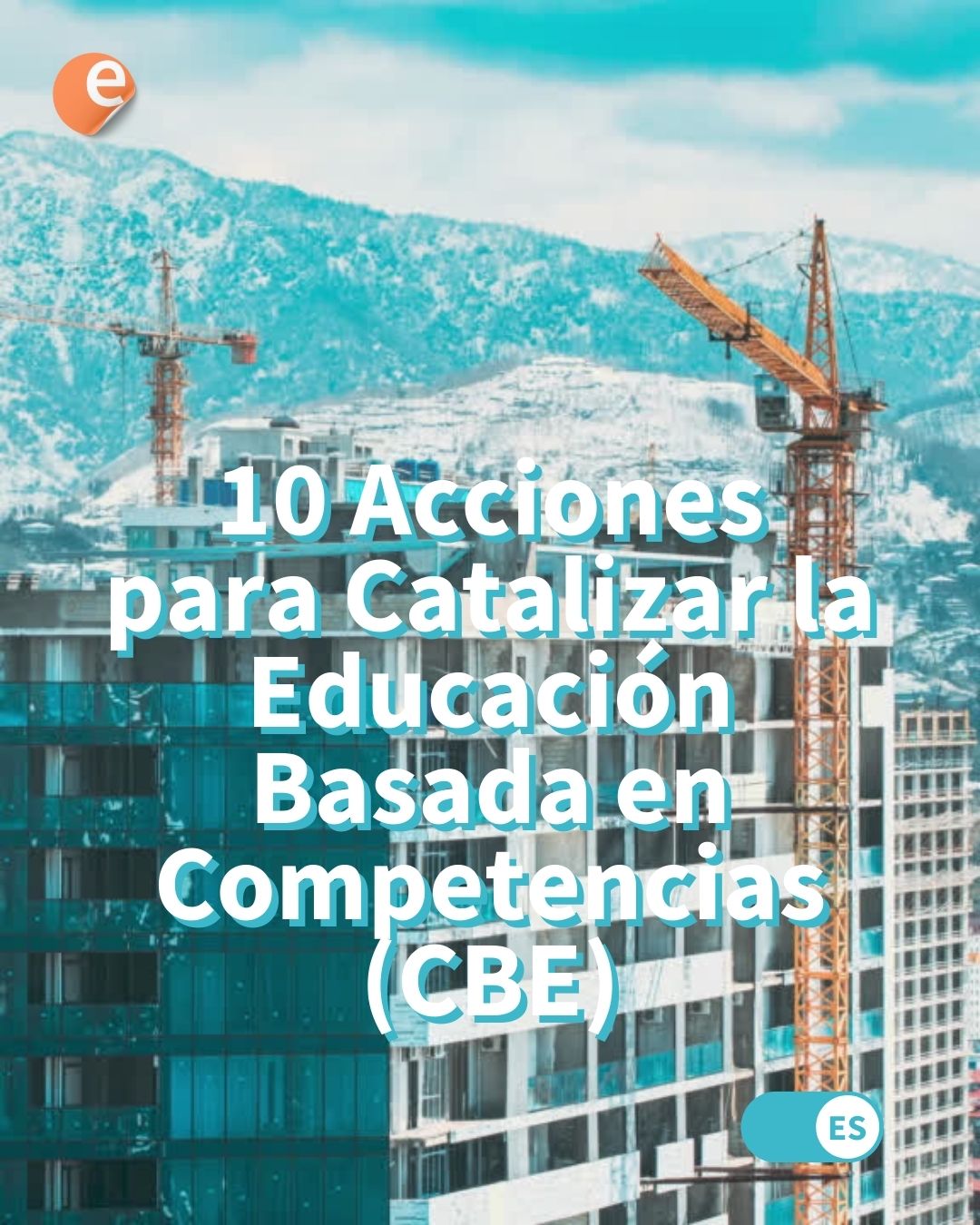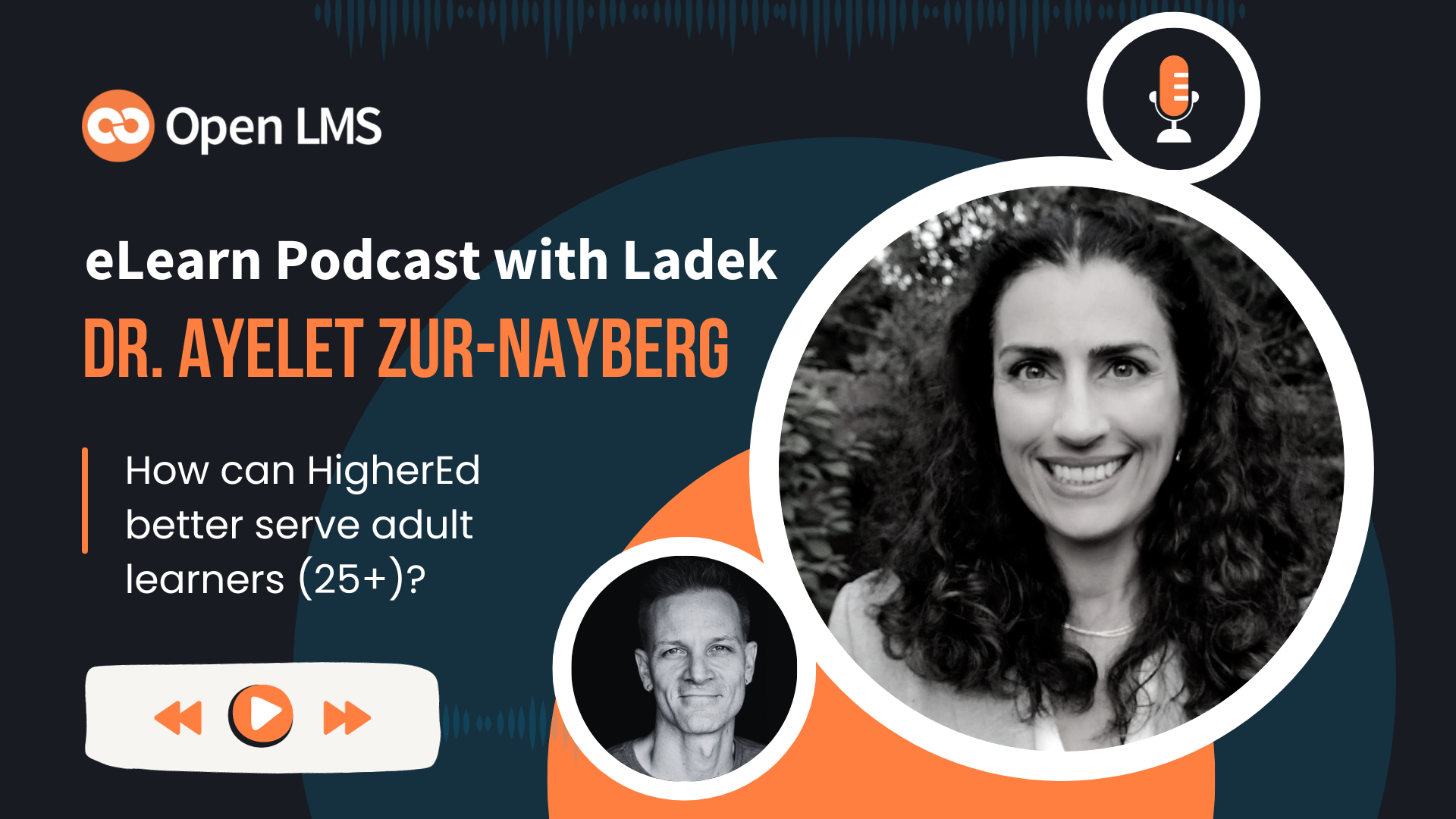Updated in March 29th, 2019
Even for sites that are not running on ads or have conversion goals, proper positionining on Google and SEO engines can make a great difference in terms of business outcomes. Being “discoverable,” including by your own users, students or customers, is a digital world must.
While the forest of SEO content is vast, deep and full of speculation about what search takes into account, there is a basic condition for your online content to be discoverable: A direct address, or URL. A stable link that a search engine can “crawl” is not only a basic need to show in result pages. You can also take advantage of a “static URL” to evaluate the quality of your content from a SEO perspective.
Here are some ways where you can make your LMS content easier to access for search engines. (And yourself!)
Deep Linking through LTI: What Is It?
If your LMS does not offer a straightforward way to add direct links to content, users of the most popular ones can still use a workaround based on their compatibility with the Learning Tools Interoperability protocol, or LTI.
LTI makes it possible for compliant applications to share functions and data between one another. It is supported by the IMS Global consortium. The largest LMS are members and keep their compatibility regularly updated. Perhaps the most important right now is the LTI Advantage certification program.
Announcing the first learning platforms to achieve #imsglobal certification for LTI Advantage…congrats to @Blackboard @CanvasLMS @moodle @sakaiproject! https://t.co/g7wSNU5yYY
— 1EdTech (@LearningImpact) February 5, 2019
One of the key requirements for the LTI Advantage certification is “Deep Linking.” Apps that feature deep linking allow users to reach specific sections or content directly. Deep linking has come from an oddity since we first reported on it, to a standard practice in modern app and web development today.
Some current examples of Deep links include:
- When a page or another app has a location with a link to its address on a map or ratings and reviews app. Clicking on it will open its profile directly on the app, provided you have it installed. If you don’t have the app, the deep link might open on the web browser, or direct you to the app store so you can download the app and access the content.
- When you search for a person on Google, its Knowledge Panel may show you links to their social media. Clicking on the will open the app right on the person’s profile page.
- When a website offers an affiliate link to a store item, and clicking on it opens the app directly on the item page.
Deep links, however, do not necessarily make your content publicly available. The availability and process of turning a deep link into a crawlable URL depends on your LMS. It requires, among other things, that your LMS does not request authentication from a user before getting the content, which is not an LTI demand. (In fact, it usually recommends just the opposite.)
In short: LTI offers a workaround for static links, but it is not design with SEO in mind.
In Moodle: Publish as LTI Tool
Since Moodle 3.1, Moodle is by default an “LTI Provider” or “LTI Publisher.” It means you can set up Moodle as a repository of public content and use the LTI protocol to push it across the web.
In order to make this possible, the “Publish as LTI tool” option needs to be enabled by your Moodle admin. Having an HTTPS also helps. (Not to mention it’s a must for security and better search rankings.) Once active, you can choose to publish your content as LTI 1 or LTI 2.
The content must be publicly available for a search engine to discover it, which you can allow using Moodle guest access.
Read more: “Publish as LTI Tool” at docs.moodle.org.
In Instructure Canvas
There seems to be no straightforward method for deep linkin in Canvas. Some customers have built internal “URL Launcher” applications that generate public links. As some users argue, the solution is “hackish” and not feasible for everyone.
Read more: “Deep linking LTI External Tool” at community.canvaslms.com.
Some plugins External Apps include deep linking for their own content. For example, the video platform Warpwire lets users turn Canvas or any LMS into an “LTI Publisher” for their own videos.
Finall, the LMS, does offer case-by-case public sharing of certain pages, no LTI required and relatively SEO friendly. To publish content online, the Canvas site has to meet two conditions:
- The site must have public view option enabled.
- The site must have guest access enabled.
- The course the content belongs to must be in the “Public Course Index.”
- The instructor must set each page public individually by customizing content visibility.
Learn more: “How do I customize visibility options for a course?” at community.canvaslms.com.
In Blackboard (Learn, Ultra, Blackboard Open LMS)
Like in Moodle case, the content must be available for guest access.
But even then, there is not an out-of-the-box solution and some custom development must be needed.
In some cases, a workaround can be possible without custom development, by creating a link that “logs in” a guest user and immediately redirects them to the internal location of the content.
This seems to be a feature actively requested by Blackboard users. Follow the discussion here: “Link to public content” at community.blackboard.com.
In Sakai
While the second best Open LMS recently earned the LTI Advantage recognition, and technically offers deep linking, there is no documentation indicating how this is possible, other than with content from specific providers such as Warpwire.
Moodle’s Static Pages Plugin
For Moodle, the Static Pages Plugin by the prolific IT crowd at the University of Ulm lets you to add static pages to your site. It provides you with SEO ready URLs that can be available to the public. Many instructors take advantage of it to share content for many courses at once.
The latest version of this long-running plugin was released this January. It extends compatibility with Moodle 3.6. Previous updates include GPDR-proofing throught the Privacy API and some polishing to make it compatible with all the modern Moodle themes.
For SEO-sensible organizations, Moodle is the LMS of choice, and the Static Pages plugin is only one
Download or install the plugin from the Moodle Plugin Directory.
 This Moodle Technology related post is made possible by: Moonami a company that provides a full range of Moodle services that combine the flexibility, scalability, and power of Amazon’s world-leading cloud platform (AWS) with fanatical Moodle support. Click here to learn more.
This Moodle Technology related post is made possible by: Moonami a company that provides a full range of Moodle services that combine the flexibility, scalability, and power of Amazon’s world-leading cloud platform (AWS) with fanatical Moodle support. Click here to learn more.









3 Responses